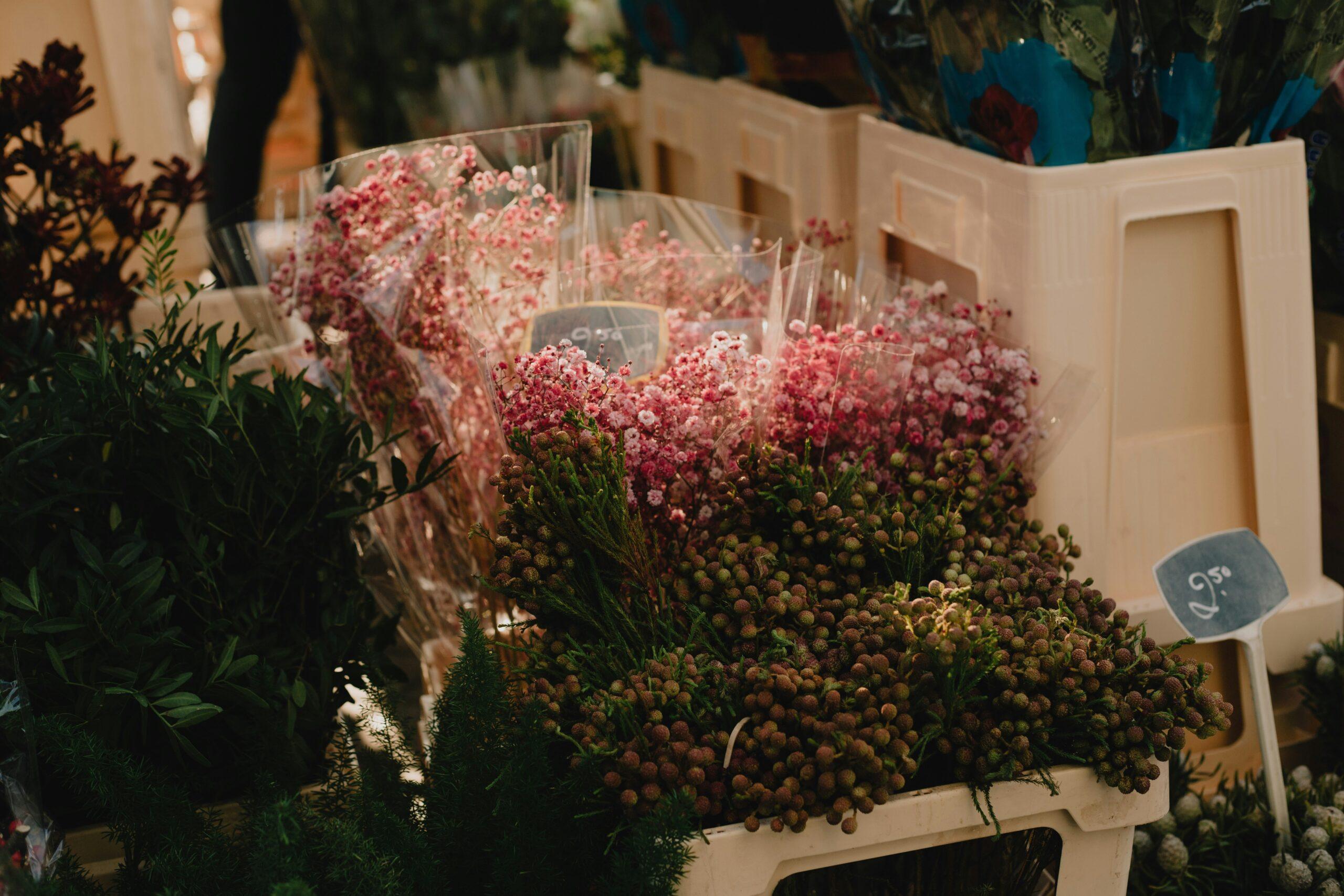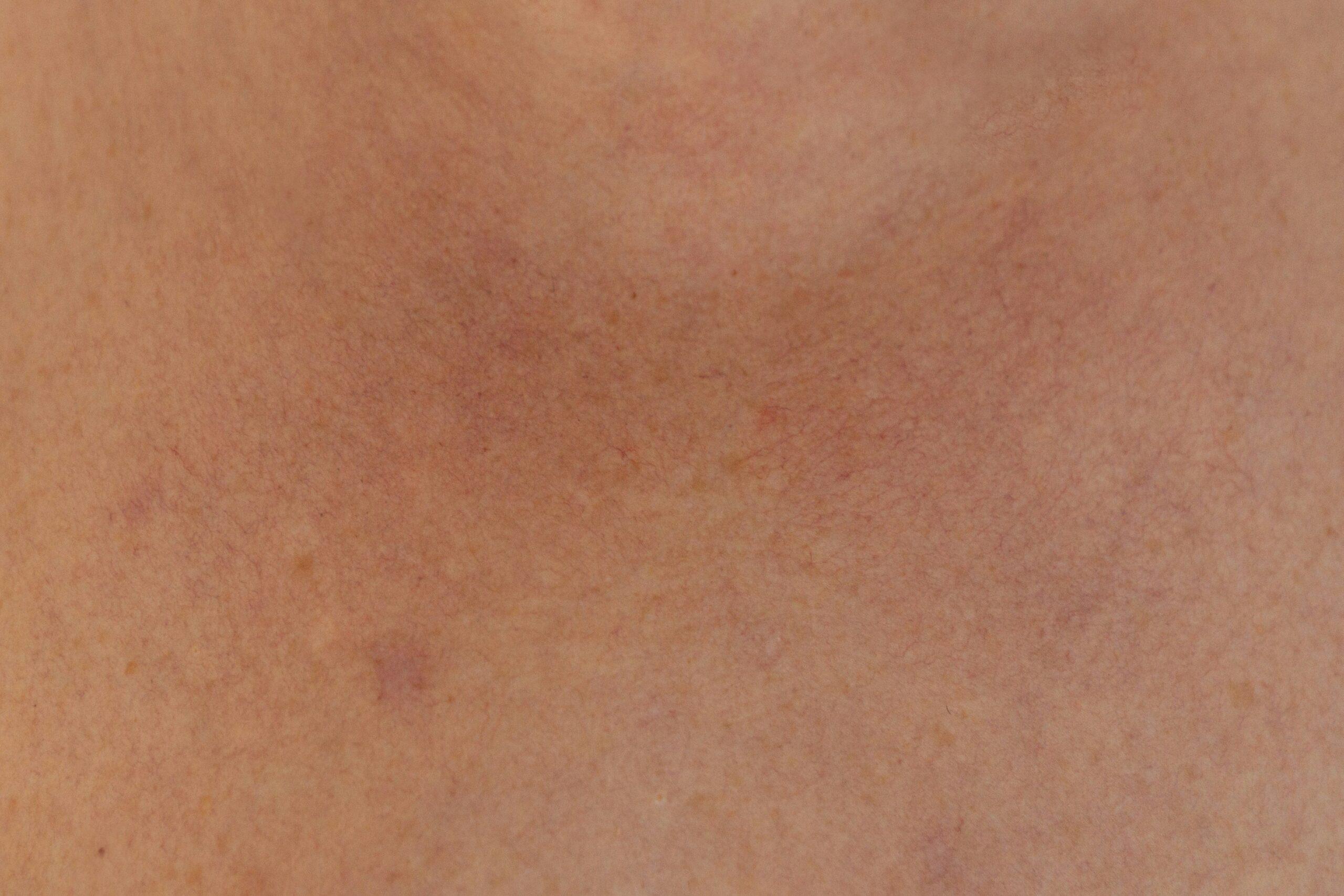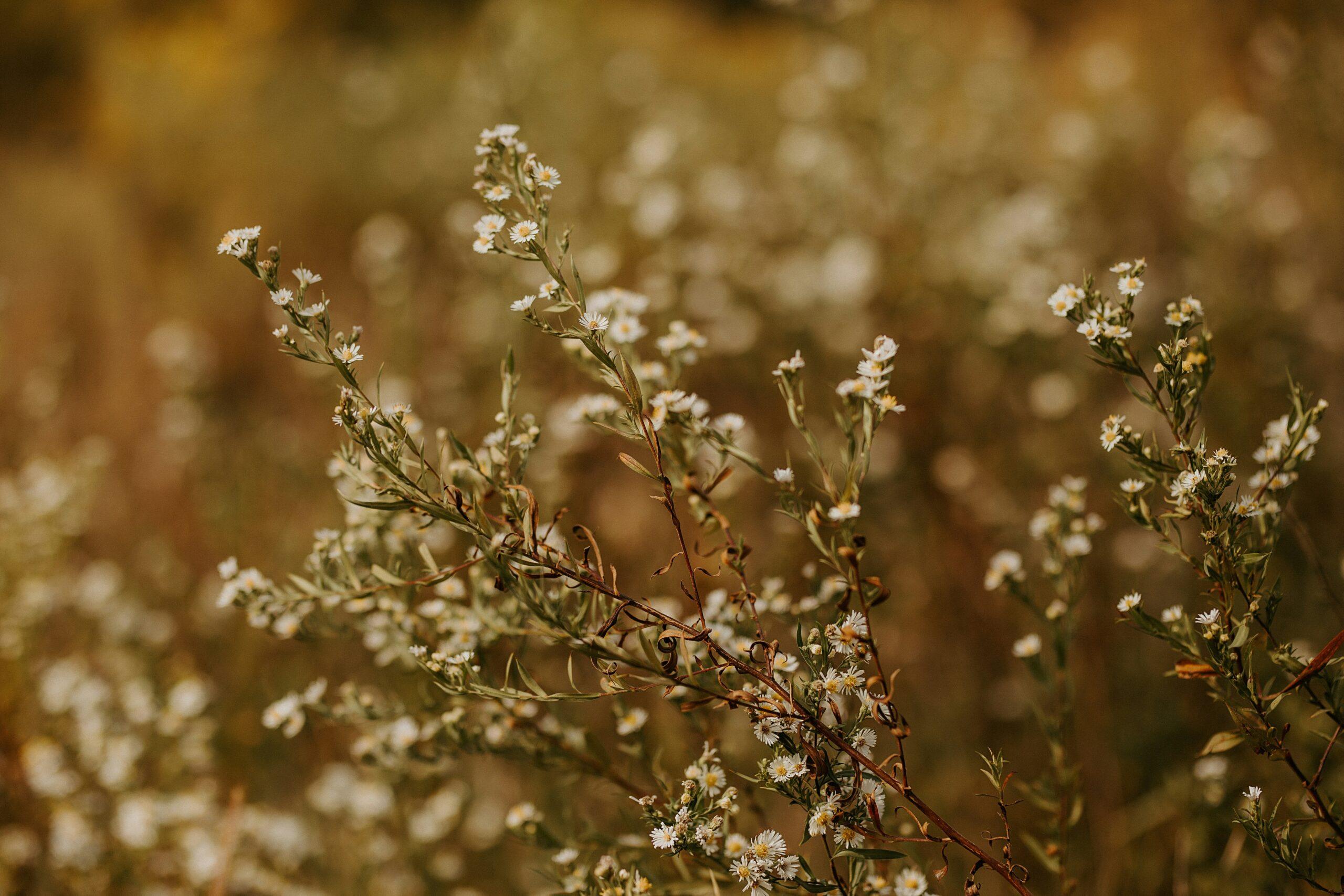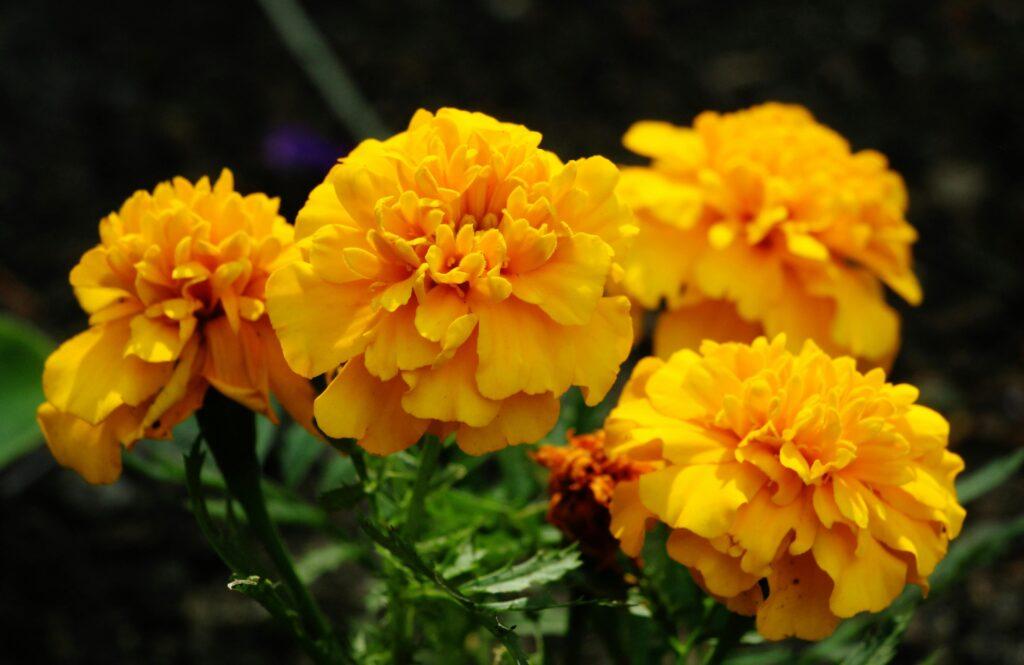“Ever used a skincare product that smelled like a synthetic potpourri nightmare? Yeah, we’ve been there too.”
When fall hits, most of us are busy trading summer dresses for cozy sweaters and swapping iced coffee for pumpkin spice lattes. But have you ever thought about switching up your skincare routine with seasonal organic flowers? That’s right—fall flowers aren’t just for bouquets anymore. These blooms pack natural antioxidants, anti-inflammatory goodness, and skin-soothing properties that can transform your complexion.
In this guide, you’ll discover why fall flowers deserve a spot in your beauty arsenal, how to incorporate them into your routine, and even some quirky tips (and fails) along the way. Think chamomile facials, calendula creams, and maybe even a meme or two. Let’s dive in!
Table of Contents
- Key Takeaways
- Why Organic Fall Flowers?
- How to Use Fall Flowers in Skincare
- Best Practices for Using Organic Blooms Safely
- Real-Life Transformations & Examples
- Frequently Asked Questions About Fall Flowers
Key Takeaways
- Fall flowers like calendula and marigold are rich in antioxidants and ideal for soothing irritated skin.
- DIY skincare recipes using organic flowers can reduce waste and provide natural benefits.
- Not all “organic” products are created equal; always check certifications and ingredients.
Why Organic Fall Flowers Are Game-Changers for Beauty
Pumpkin spice isn’t the only thing autumn has going for it. Fall is prime time for flowers like marigolds, chrysanthemums, and lavender blooms—all known for their incredible skincare perks.

Image: A beautiful arrangement of organic fall flowers perfect for beauty rituals
Optimist You: “These must smell amazing and work wonders on my skin!”
Grumpy You: “Yeah, but if you forget the proper prep, you might end up with more irritation than glow.”
Here’s why these flowers are worth considering:
- Calendula: Packed with anti-inflammatory properties, it’s a go-to for sensitive or acne-prone skin.
- Chamomile: Known for its calming effects, it’s basically an anxiety blanket—but for your face.
- Marigold: A powerhouse for hydration and repair, helping combat dry winter skin before it starts.
The Fail You’ll Learn From
I once made a DIY rosewater toner without checking if I had a pollen allergy. Spoiler alert: My face looked like a tomato emoji. Always patch-test before diving headfirst into any new ingredient!
Step-by-Step Guide to Incorporating Fall Flowers into Your Routine
Dipping your toes into the world of floral skincare doesn’t require a degree in botany—it just takes a little curiosity and caution. Here’s how to get started:
Step 1: Choose Your Flower Wisely
Not all flowers are created equal. Opt for certified organic blooms free from pesticides and chemicals. Trust me, nothing says “regret” like rubbing pesticide residue onto your cheeks.
Step 2: Make Infusions and Essences
Steep dried petals in hot water or carrier oils like coconut oil to extract their beneficial compounds. Strain and store the liquid in dark glass bottles to preserve freshness.
Step 3: Craft Simple Recipes
Try whipping up a basic face mask by mixing calendula-infused oil with honey and oatmeal. Apply it for 15 minutes while binge-watching your favorite show. Win-win!
Pro Tip: Keep a record of what works and what doesn’t. Your future self will thank you when you nail the perfect blend.
Best Practices When Using Organic Flowers
While incorporating fall flowers sounds dreamy, here’s how to stay safe and avoid common pitfalls:
- Always opt for sustainably sourced, pesticide-free options. Look for USDA Organic certification.
- Avoid overuse—just because something’s natural doesn’t mean more is better. Moderation wins every time.
- Do NOT eat raw flower extracts unless they’re explicitly labeled as edible. That’s not chef’s kiss; it’s just plain risky.
Success Stories: Real Life Glow-Ups

Image: Noticeable difference in skin texture after consistent use of organic fall flower treatments
Jessica, a freelance photographer, shared her journey with calendula-based serums: “After months of dealing with redness, I finally found relief. Plus, my makeup sits so much better now!”
Rant Section: Enough With the Greenwashing Already!
It drives me bonkers when brands slap “natural” labels on products filled with questionable synthetics. Would you call a car “fuel-efficient” if it ran on fairy dust? Exactly.
FAQs About Fall Flowers in Skincare
Q: Can anyone use fall flower skincare?
Yes, but always patch-test first, especially if you have allergies or sensitive skin.
Q: Are there any fall flowers to avoid?
Absolutely. Poison ivy may be abundant in fall, but don’t try incorporating THAT into your routine. Seriously.
Q: What’s the best way to store homemade flower treatments?
Use dark glass containers and keep them in cool, dry places away from sunlight.
Conclusion
To recap, fall flowers bring both elegance and efficacy to your skincare regimen. From antioxidant-rich marigolds to soothing chamomile, nature offers solutions tailored to rejuvenate dull, tired skin during cooler months. So why not give your skincare wardrobe a seasonal refresh?
And remember, life’s too short for bad skincare—or bad memes. Stay glowing, folks.
Like a Tamagotchi, your radiant skin needs daily care.


